Lost or Stolen Credit Card? Here's How to React Quickly
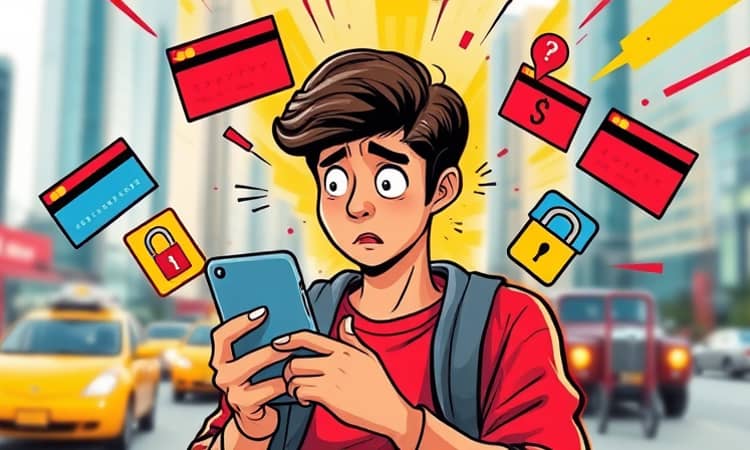
Experiencing the loss or theft of your credit card can be a stressful situation. It can leave you feeling vulnerable, anxious about potential unauthorized transactions, and uncertain about the next steps. However, quick and decisive action can mitigate the risks and protect your financial well-being. This guide outlines how to react promptly when you believe your credit card has been lost or stolen.
Understanding the warning signs can help you address issues early, and knowing how to respond can make a significant difference. In this blog post, we will cover essential strategies and steps to take immediately after losing your credit card or suspecting it has been stolen. From recognizing the signs of loss to preventive measures for the future, this article will help you navigate this unsettling experience with confidence.
Know the Signs
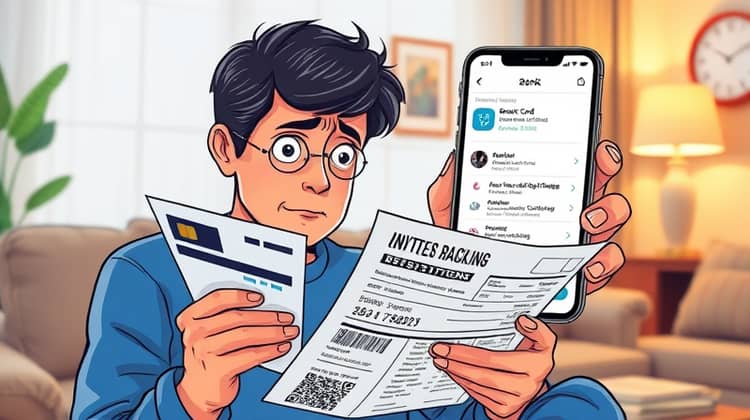
Recognizing the potential signs of a lost or stolen credit card is crucial. This allows you to react swiftly and minimize any damage. Some common indicators include unfamiliar transactions on your statement, notifications from your bank or credit card company regarding account access from different devices, and alerts about declined transactions for purchases you did not attempt.
If any of these signs appear, it's essential to take immediate action to confirm the status of your card. Promptly checking your account statements and transaction history can provide clarity and help you determine if your card has been compromised.
- Unrecognized transactions on your account statement
- Alerts from your bank regarding unusual account activity
- Notifications about card lock or access attempts from unrecognized devices
By being vigilant about monitoring your account activity, you can catch issues early and respond promptly, potentially saving yourself from significant financial loss.
Stay Calm and Act Swiftly

If you suspect that your credit card is lost or stolen, the first thing you should do is take a deep breath and stay calm. Panic can lead to poor decision-making, and it’s crucial to think through your next steps methodically. By maintaining your composure, you can address the issue more effectively and safeguard your finances.
Acting swiftly is important. Time is of the essence when addressing card loss or theft, as unauthorized transactions can occur quickly. The sooner you react, the better your chances are of minimizing potential losses.
Step-by-Step Guide
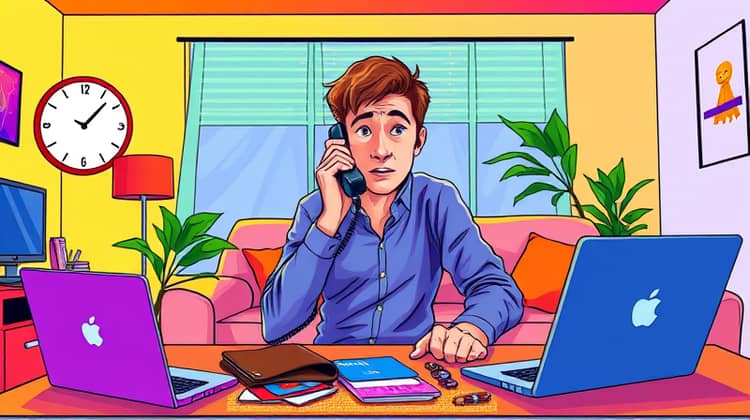
The first step to take if your credit card is lost or stolen is to contact your credit card issuer immediately. Most companies provide a 24-hour hotline for such emergencies. When you call, be prepared to explain your situation and answer questions to verify your identity.
Once you report the loss or theft, the issuer will typically suspend your card and issue a new one to prevent unauthorized transactions. Document the date and time of your call, along with any reference numbers you receive, as this information may be crucial down the line.
- Contact your credit card issuer right away
- Review recent transactions for any unauthorized charges
- Report the loss or theft to credit bureaus if necessary
- Follow up with your issuer to receive a new card
By following these steps methodically, you can help safeguard your finances and mitigate further damage.
Monitor Your Accounts

After reporting your card as lost or stolen, it’s vital to keep a close eye on your financial accounts. Regularly checking your credit card statements and bank accounts will help you quickly catch any unauthorized transactions that may have occurred before your card was reported. This vigilance allows you to address any issues promptly by reporting them to your financial institution.
Set up alerts with your bank or credit card company, so you receive notifications for transactions above a certain amount or when your balance changes. This can provide an additional layer of security and ensure you stay informed about your account activity.
Update Your Payment Information
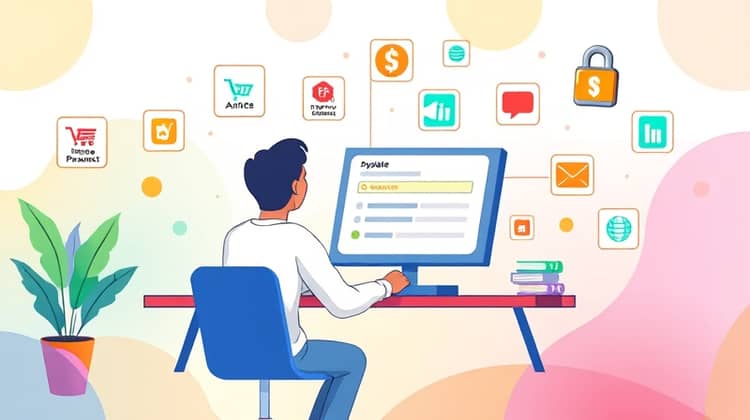
Once you've reported your card lost or stolen and received a new one, updating your payment information with any service providers or merchants that have your card details on file is essential.
- Online retailers where you shop frequently
- Subscription services like streaming platforms or magazines
- Recurring payments for utilities or insurance
Ensuring that your payment information is current can help prevent disruptions in services and ensure your account remains secure moving forward.
Preventative Measures for the Future
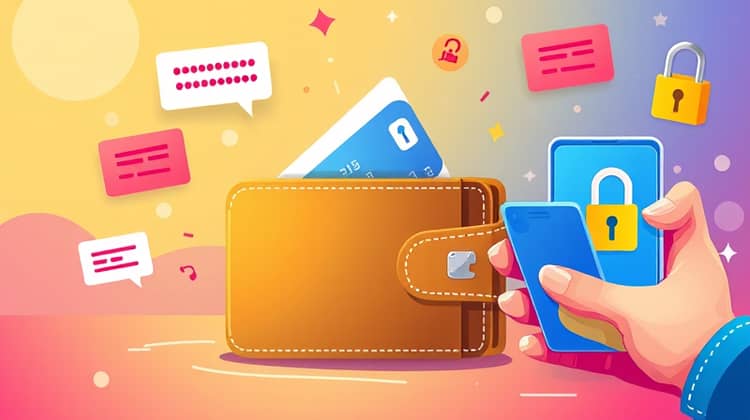
Taking proactive steps can significantly reduce your risk of credit card loss or theft. First, consider enabling alerts for every transaction made on your card. These alerts provide real-time information about card usage and help you quickly identify unauthorized activity. Second, keep your credit card in a secure place, whether it’s your physical wallet or a secure app on your phone. Lastly, regularly monitoring your credit reports can help you catch signs of identity theft early on.
It's also wise to use complex passwords and two-factor authentication for online banking and e-commerce accounts. This extra layer of security can deter unauthorized access to your accounts, making it less likely that your financial information will be compromised. Regular updates and unique passwords are essential in this digital age.
When to Get a New Card
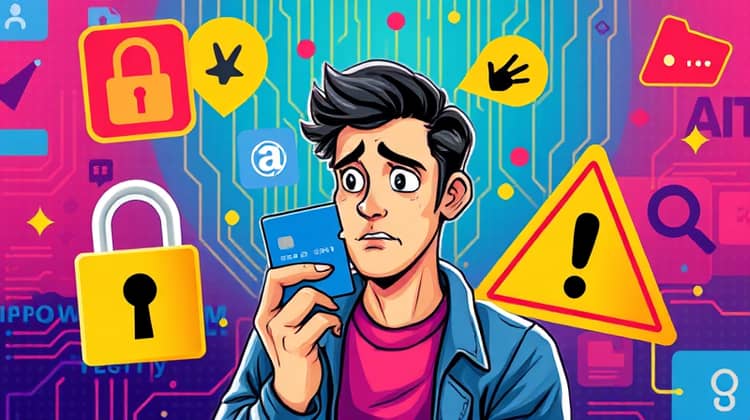
In some cases, you may need to consider getting a new card even if you haven’t officially reported your card lost or stolen. For instance, if you suspect that your card information has been compromised after a data breach or if you’ve had your wallet stolen, it’s wise to immediately request a new card from your issuer.
Additionally, if you find yourself continuing to receive unfamiliar charges on your statement, despite taking precautions, it may be time to issue a new card to regain peace of mind.
Conclusion
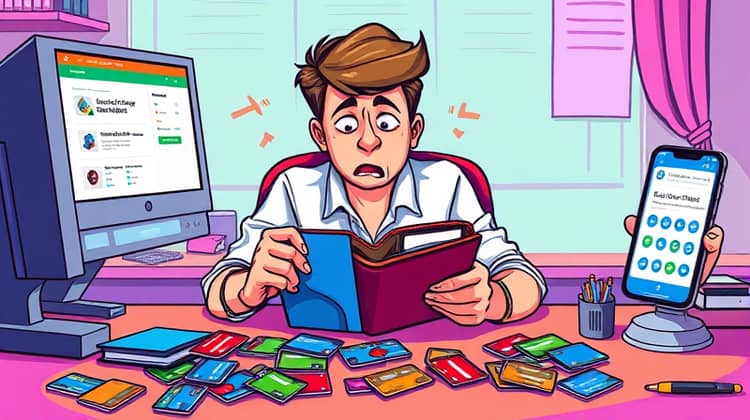
Losing your credit card can be a distressing experience, but knowing how to react can make a significant difference in minimizing consequences. The first step is to recognize the signs of a lost or stolen card and to report it promptly to your issuer. By staying calm and following a detailed guide, you can protect your finances effectively.
Monitoring your accounts regularly, updating your payment information, and implementing preventative measures can help safeguard your financial future. Remember, acting quickly can prevent further losses, so do not hesitate to take action if you suspect any issues.






